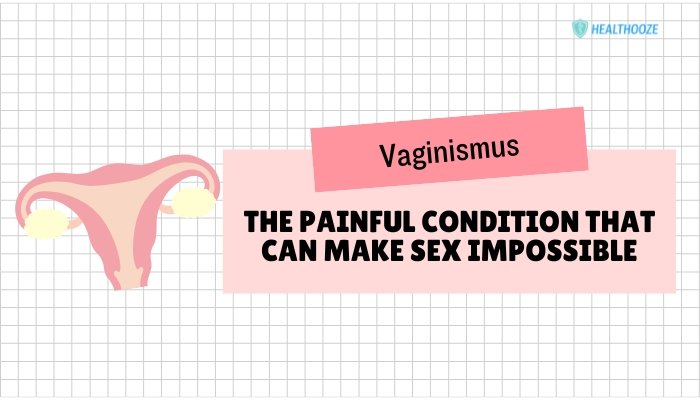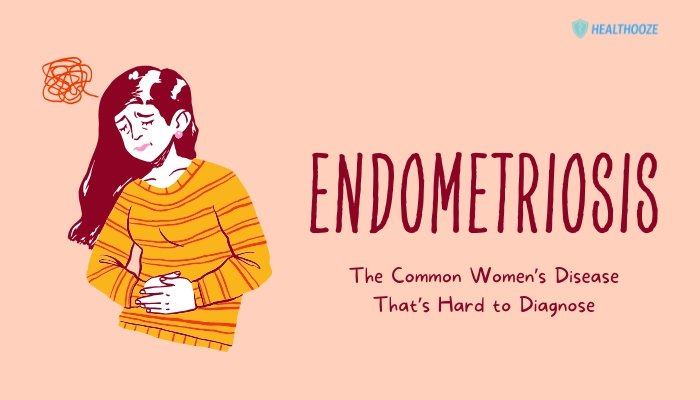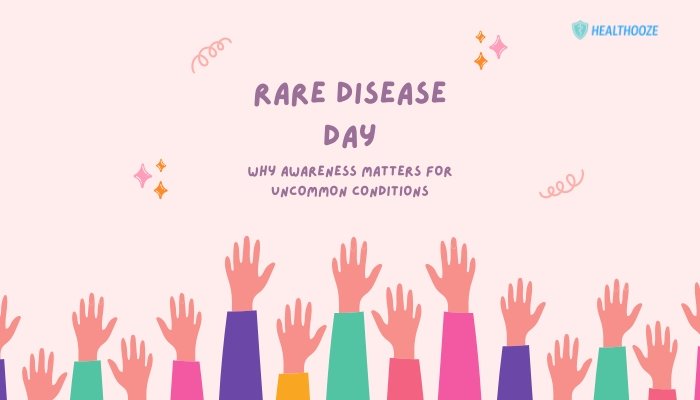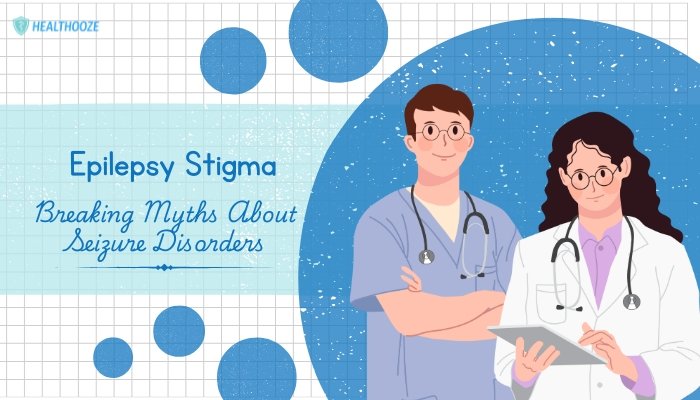Introduction
Once an unthinkable notion, medical marijuana is now examined as a therapeutic option for children with intractable illnesses—particularly debilitating forms of epilepsy, cancer side effects, or chronic pain.
While controversies persist, some parents turn to cannabis derivatives when conventional drugs fail to control seizures or manage pain. This article looks at the rationale behind pediatric cannabis use, research evidence, and the ethical and legal complexities surrounding it.
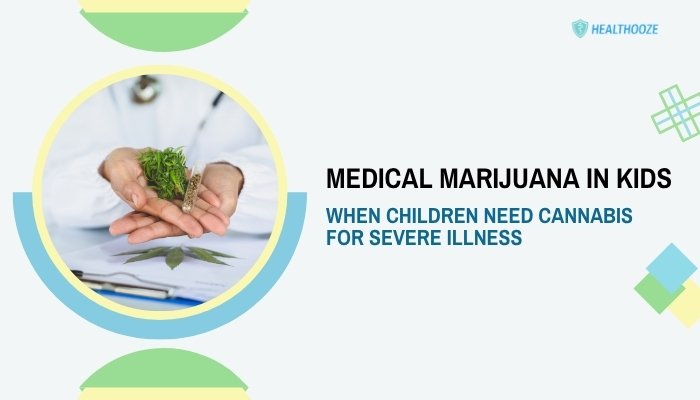
Why Consider Medical Marijuana for Children?
Severe, Treatment-Resistant Conditions
For a subset of pediatric patients with recurrent seizures (e.g., Dravet syndrome, Lennox-Gastaut syndrome), typical anti-epileptics can fail or induce harsh side effects. Non-responsive forms of chronic pain or spasticity (like in certain cerebral palsy cases) might also be candidates for cannabis-based treatments when conventional therapies prove insufficient.
Emerging Research
Recent studies highlight CBD (cannabidiol) oil’s ability to significantly reduce seizure frequency in some epileptic conditions. This has guided certain regulatory bodies to approve CBD-based medications (like Epidiolex in the US). However, more robust data on THC (the psychoactive component) for children remain limited.
Compassionate Use Motives
Families often pursue medical marijuana out of desperation after seeing little improvement from standard regimens. Anecdotes featuring remarkable seizure reduction or improved appetite in children with cancer have spurred attention, though not all claims are backed by scientific consensus.
The Science Behind Pediatric Cannabis
Components: THC vs. CBD
- THC (Tetrahydrocannabinol): Produces euphoria or psychoactive “high.” Overexposure in children can harm cognitive development, cause anxiety, or sedation.
- CBD (Cannabidiol): Non-psychoactive; shown promise in reducing seizures and inflammation without the mind-altering effects of THC.
Neurological Impact
Children’s brains are still developing, raising caution about THC’s influence on cognition or mental health. Animal and preliminary human studies indicate that high THC usage could affect memory and executive functions in adolescents. However, lower THC or CBD-focused regimens may mitigate such risks.
Dosing Challenges
Pediatric dosing remains complex because standard guidelines don’t exist for many conditions. Balancing therapeutic effects with minimal psychoactive side effects requires careful titration, frequent monitoring, and specialized pediatric oversight.
Ethical and Legal Dimensions
Varied Regulations
Laws differ globally and within countries (e.g., across US states) on prescribing cannabis to minors. Some permit only “low-THC, high-CBD” forms for limited conditions, while others ban pediatric cannabis or require multiple physician approvals.
Physician Hesitation
Many pediatricians remain cautious, citing insufficient clinical trials or potential liability issues. Some require families to sign disclaimers, acknowledging the experimental nature of cannabis-based therapies.
Societal Stigma
Parents can face judgment for giving “marijuana” to a child, even though they’re seeking legal, doctor-supervised avenues. Overcoming stigma necessitates open dialogue about compassion-based care and individual case evaluations.
Potential Benefits vs. Risks
Promising Outcomes
- Seizure Control: Significant drop in convulsive episodes for some resistant epilepsy sufferers.
- Symptom Relief: Cannabis-derived products can ease chemotherapy-related nausea or stimulate appetite in severely ill children.
- Pain Management: Pediatric palliative care may incorporate cannabis to reduce reliance on opioids or other strong analgesics.
Known Hazards
- Long-Term Cognitive Effects: Impact on attention, memory, or mental health from chronic THC exposure in a growing brain.
- Pharmacological Interactions: Cannabis might interfere with other drugs, complicating complex pediatric regimens.
- Product Quality: Risk of contamination with pesticides or inaccurate labeling in unregulated markets.
Safeguarding and Guidelines
Professional Supervision
Pediatricians or pediatric neurologists with cannabis therapy experience should oversee dosing, track side effects, and confirm no harmful drug interactions. Regular follow-ups gauge efficacy and make dosing adjustments.
Lab Testing and Quality Assurance
Families seeking cannabis-based products must ensure reputable sources, verifying THC/CBD ratios and product purity. Avoiding black-market or “home-brewed” supplies is crucial to reduce contamination risks.
Explore Alternatives and Integrative Care
Combining other treatments—like physical therapy, dietary changes, or counseling—helps maintain comprehensive care. Cannabis might be a supportive tool rather than the sole therapy.
Conclusion
For children enduring relentless seizures or unyielding symptoms, medical marijuana can offer a glimmer of hope. However, the limited research, varied legal frameworks, and unknown long-term effects demand caution. Where legal, families and doctors must collaborate closely—balancing potential gains against the risk to young brains still in development. As science evolves and more rigorous data emerge, a clearer picture will guide whether cannabis becomes a mainstream pediatric option or stays a specialized, tightly regulated intervention. Ultimately, compassion, scientific rigor, and open communication with healthcare providers remain key to ensuring a safe path for these vulnerable patients.
References
- Devinsky O, Cross JH, Wright S. Trial of cannabidiol for drug-resistant seizures in the Dravet syndrome. N Engl J Med. 2017.
- http://aap.org/
- WHO. Cannabidiol (CBD) pre-review report. 2018.


